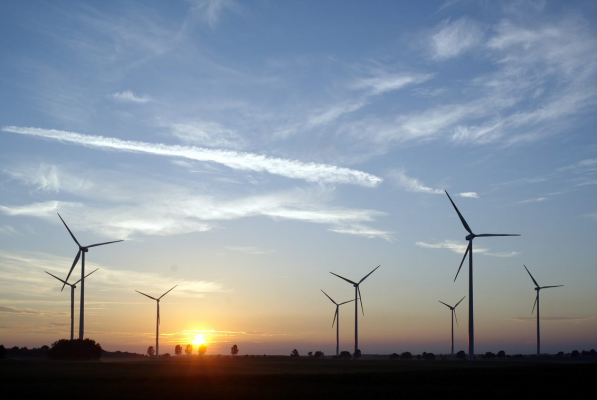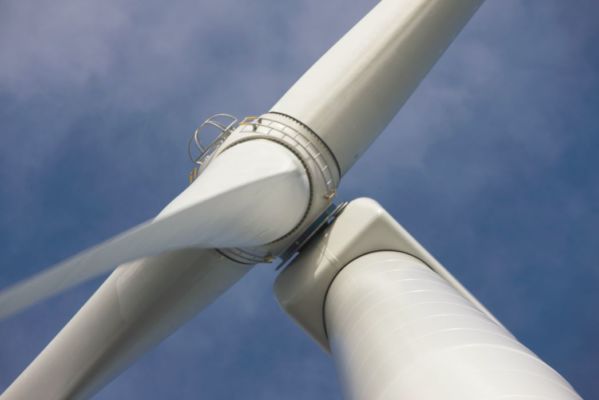Wind Farm Management Blog: Dr. Philipp Schmid, it’s been a big year for wind energy, which has continued to grow. What stood out for you?
Dr. Philipp Schmid: I think the expansion of offshore really shows the direction wind energy is going to take. Companies are now realizing the potential of more powerful winds out at sea. Take Hornsea Wind Farm in the UK, for example. It opened this year and is the world’s largest offshore site, with further expansion planned. Once completed in 2020, the wind farm will power one million homes with green electricity.
I predict we will see more large-scale installations in the years to come – both offshore and even in areas with low wind speeds. And the key to making such projects a success? Technology that is up to the task. Manufacturers are now scaling up designs to handle higher loads and greater forces. I believe we will see significant investment in research and development to design even more reliable machinery that makes widespread expansion and increased efficiency possible.
Wind Farm Management Blog: You mentioned that the technology is improving to make energy production more efficient and boost reliability. What role does maintenance play in this new era of wind?
Dr. Philipp Schmid: As in previous years, this is a particularly important topic. Without proper monitoring and predictive maintenance, companies are likely to face downtime. This year, all-in-one maintenance packages, such as SKF Rotation For Life, have gained interest. Operators are now understanding that they must consider the turbine as a whole and select components that function well with one another – known as ‘taking a system approach’.
In order to be truly cost-effective and achieve high uptime, operators should not take reactionary approach to maintenance by only acting when something fails. Predictive maintenance self-services or from a third-party can solve this problem. A subscription-based business model means operators don’t have to manage aspects of maintenance themselves; this is the responsibility of the service provider. I expect performance-based service contracts to continue to boom and include new aspects, such as incorporating digitization in maintenance strategies, for example.
Sustainability and environmental awareness took center stage in the media last year. How did this influence wind in 2019?
Dr. Philipp Schmid: This is a huge trend. Previously, this hub looked at bearing and lubrication system remanufacturing. These practices are becoming more widespread, with more operators now turning to them to boost reliability and reduce maintenance costs. The sustainability trend won’t stop here though.
Wind energy companies now must consider what happens to their wind turbines, once they reach the end of their service life. Turbine blades present a challenge as they are not biodegradable and incineration isn’t an option, due to the harmful emissions this would produce. Cross-sector collaboration between the wind and chemicals industries may hold the key to responsibly disposing of turbine blades. In 2020, this is something companies and the wind energy sector in general must incorporate into their strategies and policies. Overall, I expect sustainability to continue to play a significant role in the coming year.



